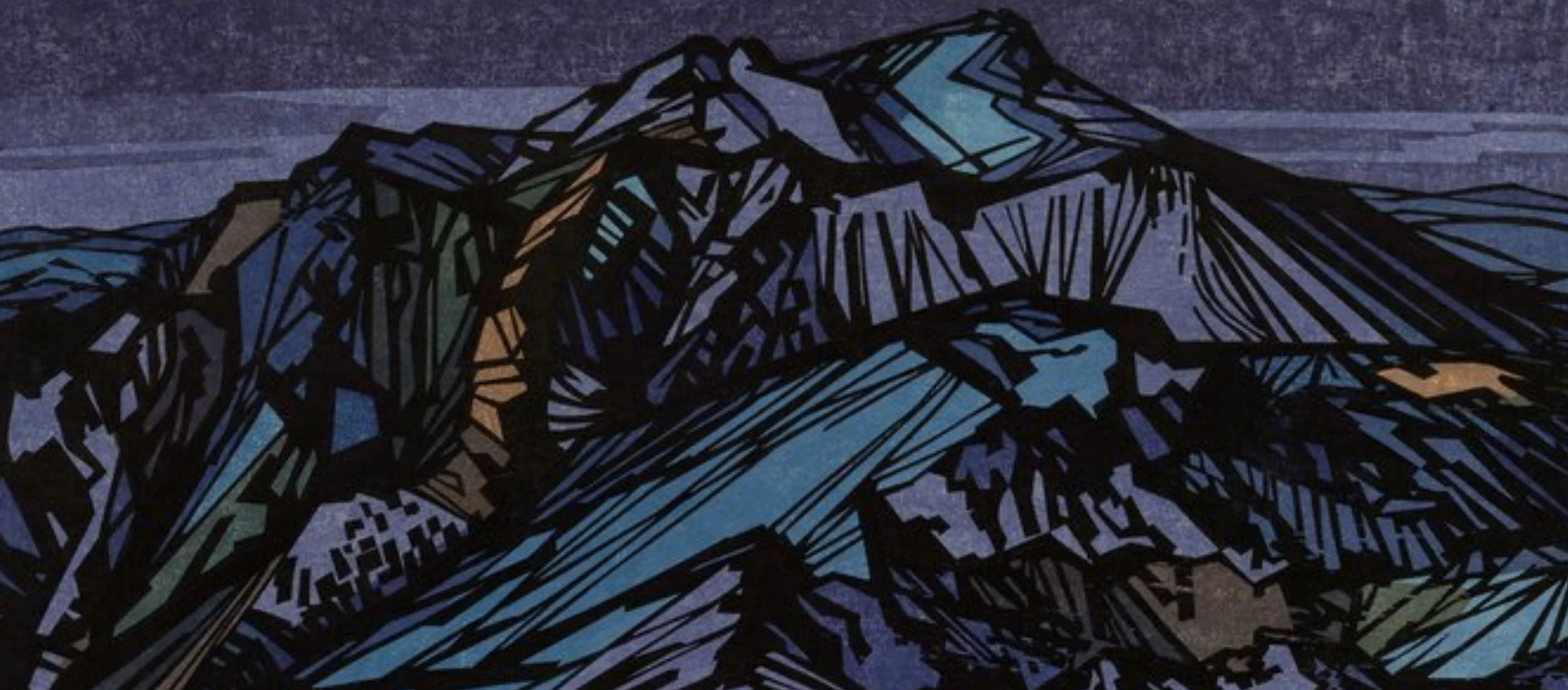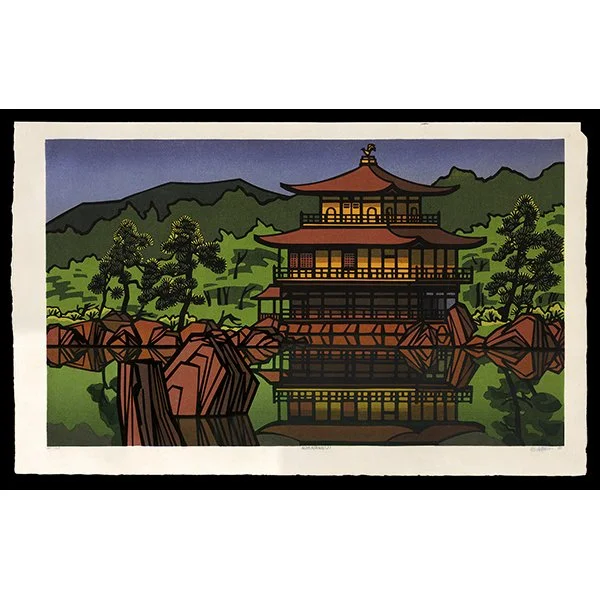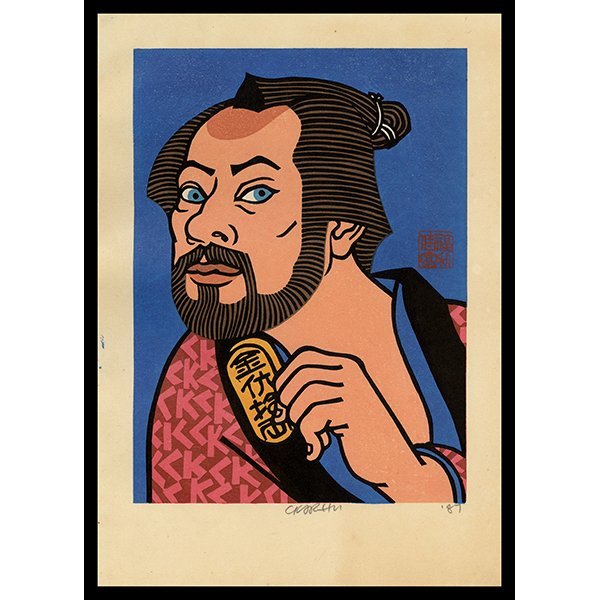KARHU
COLLECTING JAPANESE PRINTS FEATURED WESTERN ARTISTClifton Karhu
1927 - 2007
Profile at a Glance:
Contemporary Western woodblock print artist whose work primarily focused on landscapes, particularly scenes of Kyoto
As Karhu explained, “In my prints of Kyoto, I always strive to express this human warmth. Since wood accounts for much of Kyoto’s beauty, it may also be the best way that beauty can be expressed — through woodblock prints.”
Clifton Karhu was a contemporary artist of Finnish descent specializing in the traditional woodblock medium. Born in 1927 in Duluth, Minnesota, Karhu developed an interest in art during his early adolescent years. In 1946 he enlisted in the U.S. Navy and was stationed on a military base in Kyushu. He returned to Minnesota in 1950 and attended the Minneapolis School of Art until 1952.
Karhu returned to Japan, serving as a Lutheran missionary and door-to-door Bible salesman, and was later ordained a minister in 1955. However, three years later, Karhu reversed his decision, moved to Gifu Prefecture, and returned to his artistic pursuits, despite financial hardships. Initially, he started with oils, watercolors, and sumi ink, but later transitioned to mokuhan by the early 1960s and became an active member of Nihon Hanga Kyokai. In 1961, Karhu won first prize in the Chubu Taiheijo Bijutsu Kyokai Ten (The Middle Pacific Artgroup Exhibition), leading to his first major exhibition at the Shin Gifu Gallery.
In 1963, Karhu moved to Kyoto and became a pupil of woodblock artist Tetsuo Yamada and Western theorist Stanton Macdonald-Wright, both of whom were highly instrumental in terms of Karhu's professional and artistic development. Within a year, Karhu's own woodblock prints were on display in the Yamada gallery, and subsequent exhibitions soon followed in Japan, the United States, and Europe. In recognition of his achievements, Karhu was elected as head of the Kyoto Japan Print Association on multiple occasions. He is known mostly for his depictions of Machi-ya, an antiquated section of Kyoto, utilizing bold lines and lurid colors. Despite professional uncertainties and financial hardships, Clifton Karhu persevered as a Western artist living in Japan, mastering the art of woodblock carving and printing, an artistic medium unfamiliar in the West, and achieving considerable success as an artist with widespread recognition in the Japanese community.







